
Privacy statement: Your privacy is very important to Us. Our company promises not to disclose your personal information to any external company with out your explicit permission.
2022-12-05
Whether the selection of cutting fluid is reasonable and the problem of cooling and temperature control will greatly affect the processing efficiency and even the quality of finished products. First of all, for different types of cutting, the metal removal characteristics are completely different, and the higher difficulty of cutting will also require higher cutting fluid. The sequence of cutting process from difficult to easy is: internal broaching, external broaching, tapping, thread processing, hobbing, deep hole drilling, boring, forming tool cutting thread, high-speed low feed thread cutting, milling, drilling, planing, single edge tool turning, sawing and grinding. Today we will see how to select the corresponding cutting fluid for 10 different machining methods!
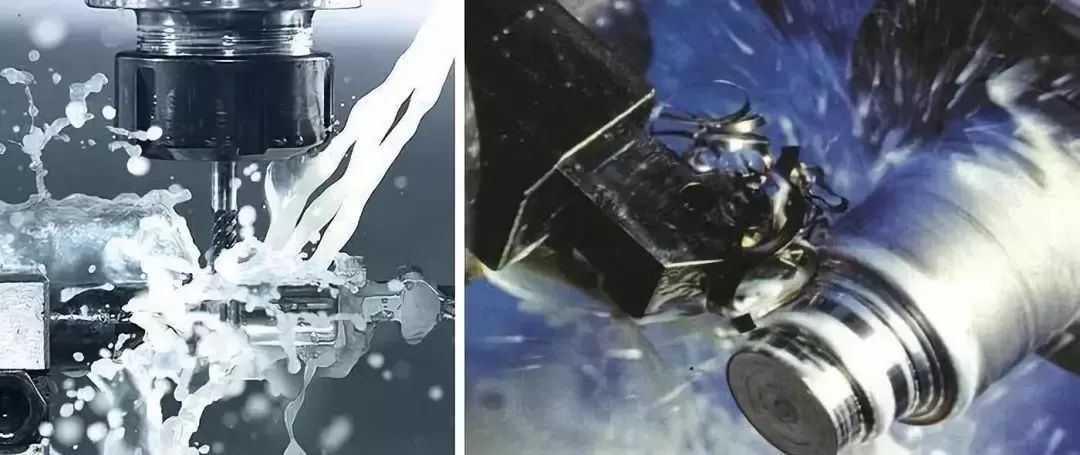
During rough turning, the machining allowance is large, so the cutting depth and feed are large. The cutting resistance is large, a lot of cutting heat is generated, and the tool wear is also serious. Therefore, water-based cutting fluid mainly used for cooling, cleaning, lubrication and rust prevention is mainly selected to take away cutting heat in time, reduce cutting temperature and improve tool durability. In general, it is better to select extreme pressure emulsion. In addition to good cooling performance, it also has good extreme pressure lubrication, which can significantly extend the tool life and improve cutting efficiency.
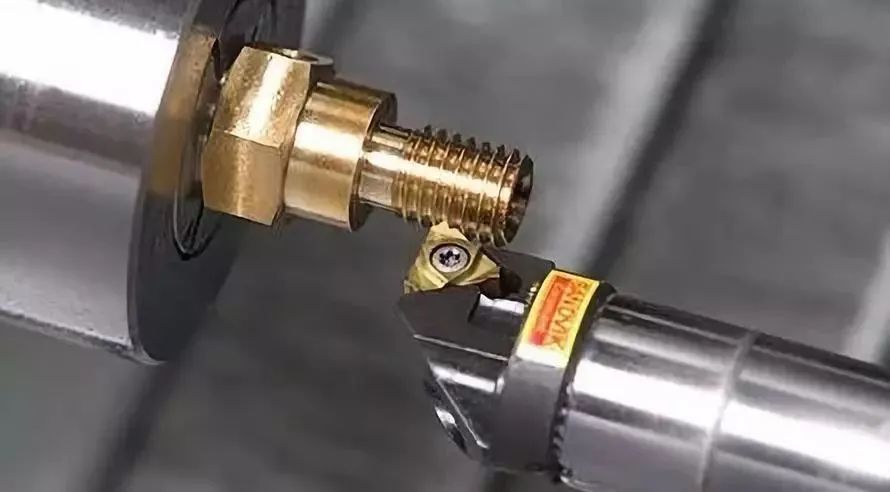
Milling is intermittent cutting, the cutting depth of each cutter tooth will change, and it is easy to generate vibration and certain impact force, so the milling conditions are worse than the turning conditions. When using high-speed tools for high-speed flat milling or high-speed end milling, cutting fluids with good cooling and lubricating properties, such as extreme pressure emulsion, are required. In low-speed milling, it is required to use cutting oil with good lubricity, such as precision cutting oil and non active extreme pressure oil. For stainless steel and heat-resistant alloy steel, cutting oil with sulfur and chlorine extreme pressure additives can be used.
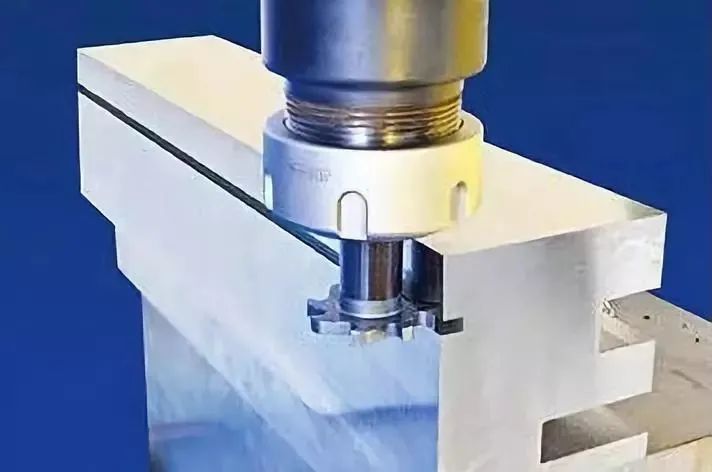
In addition, the permeability of cutting fluid is very important when tapping threads. Whether the cutting fluid can penetrate the blade in time has a great impact on the durability of the tap. The permeability of cutting fluid is related to viscosity, and the oil with low viscosity has better permeability. If necessary, a small amount of diesel oil or kerosene can be added to improve the penetration effect. In some occasions (such as blind hole tapping), it is difficult for cutting fluid to enter the hole, so it is better to use cutting fluid with high viscosity and strong adhesion.
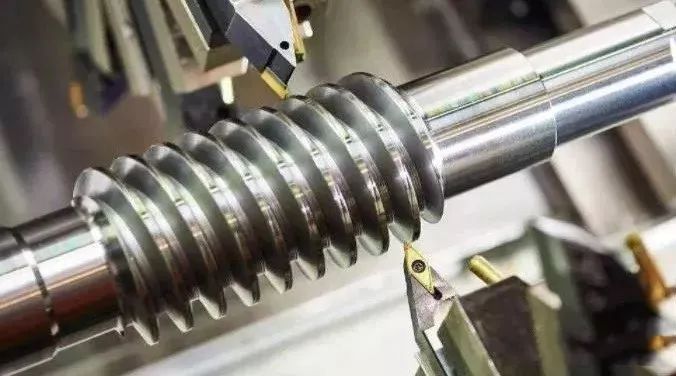
Reaming is the precision machining of holes, which requires high precision. Reaming is a low speed and small feed cutting. In this process, the tool will squeeze and cut with the hole wall, and the chip is easy to stay in the tool slot or stick to the edge of the tool, affecting the squeezing effect of the edge band, damaging the machining accuracy and surface roughness, and increasing the cutting torque. It will also produce chip buildup and increase tool wear. Reaming basically belongs to the boundary lubrication state. Generally, high concentration extreme pressure emulsion or extreme pressure cutting oil with good lubrication performance and good performance is used. For deep hole reaming, the use of deep hole drilling cutting oil with good lubrication performance can meet the process requirements.
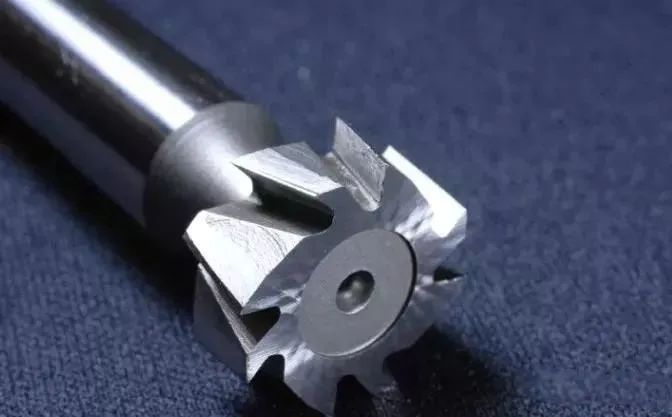
Drilling with a general fried dough twist drill is rough machining. It is difficult to remove chips when drilling, and it is difficult to derive cutting heat. It often causes annealing of the cutting edge, which affects the service life and machining efficiency of the drill. The use of cutting fluid with good performance can prolong the life of the drill by several times and increase the productivity significantly. Generally, extreme pressure emulsion or extreme pressure synthetic cutting fluid is selected. The extreme pressure synthetic cutting fluid has low surface tension, good permeability, and can cool the drill in time, which is very effective for prolonging the tool life and improving the machining efficiency. For difficult to cut materials such as stainless steel and heat-resistant alloy, low viscosity extreme pressure cutting oil can be selected.
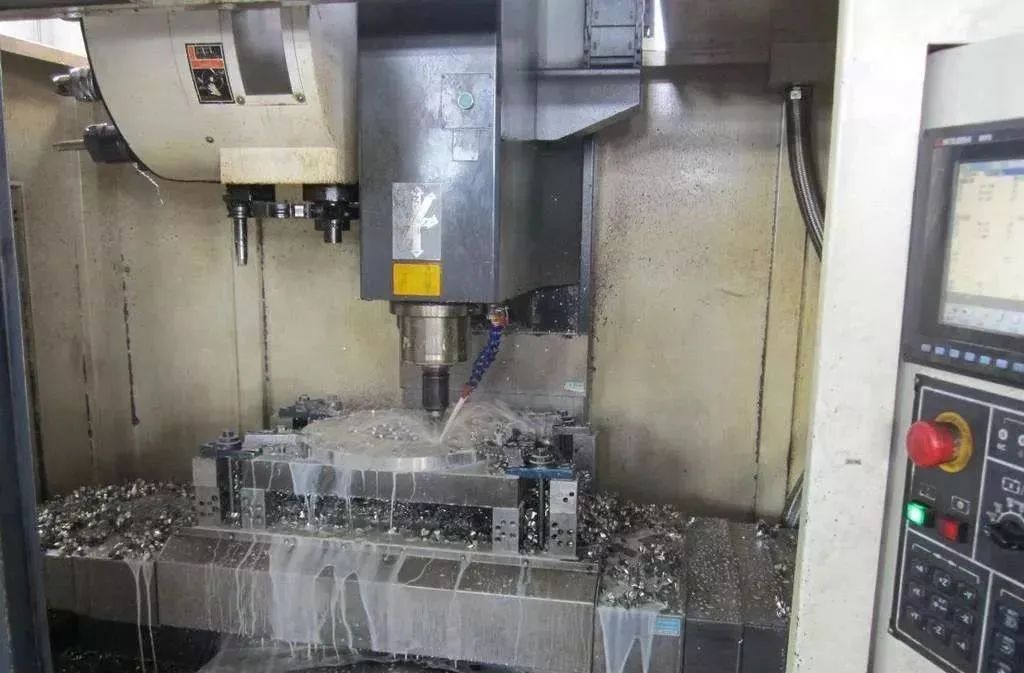
Good permeability and chip removal property enable the cutting fluid to penetrate into the blade in time and ensure the smooth discharge of chips. Therefore, the cutting fluid for deep hole drilling requires high extreme pressure and low viscosity.

For high speed gear cutting, using oil-based cutting fluid will produce large oil smoke and pollute the environment. More importantly, due to insufficient cooling, the workpiece surface is often burned, affecting the processing quality, and the tool wear is also aggravated. At this time, it is better to select water-based cutting fluid with strong extreme pressure, such as water-based synthetic cutting fluid containing sulfur and phosphorus extreme pressure additives, or high concentration extreme pressure emulsion. It can overcome the oil pollution during high-speed cutting, and the machining quality and tool wear are better than oil-based cutting fluid. However, measures must be taken for the original gear hobbing and gear shaping machine tools to prevent water from entering the rotating part, so as to avoid the machine tool failure. Shaving requires high surface quality. In order to prevent sticking, cutting oil containing active extreme pressure additives can be used; In addition, the shaving process produces fine chips. In order to make the chips easy to wash off, it is better to use low viscosity cutting oil. If the chip separation is not smooth, the quality of the machined surface will deteriorate.
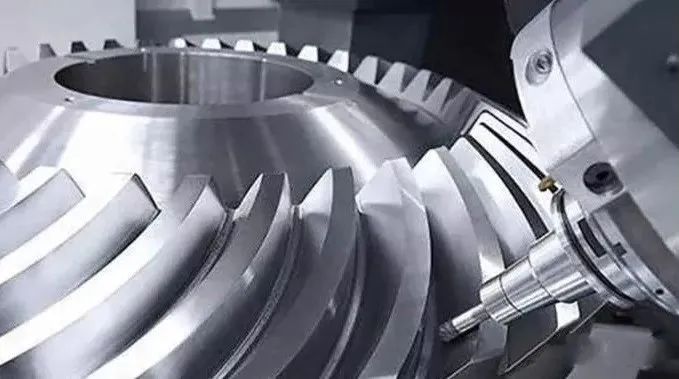
High dimensional accuracy and low surface roughness can be obtained by grinding. When grinding, the grinding speed is high and the heat is large, and the grinding temperature can be as high as 800-1000 ℃, or even higher. This is very easy to cause surface burn of the workpiece. At the same time, due to the effect of thermal stress, surface cracks and workpiece deformation, grinding wheel wear passivation, abrasive particles fall off and other problems occur. Even the grinding chips and grinding wheel powder are easy to splash, which will affect the machining accuracy and surface roughness if they fall on the part surface. In addition, when machining ductile and plastic materials, the grinding wheel will lose its grinding ability if the abrasive chips are embedded in the gap on the working surface of the grinding wheel, or the abrasive chips are fused with the processing metal on the surface of the grinding wheel. Therefore, in order to reduce the grinding temperature, wash off the grinding chips and grinding wheel dust, and improve the grinding ratio and workpiece surface quality, cutting fluids with good cooling and cleaning properties, and certain lubricating and antirust properties must be used.
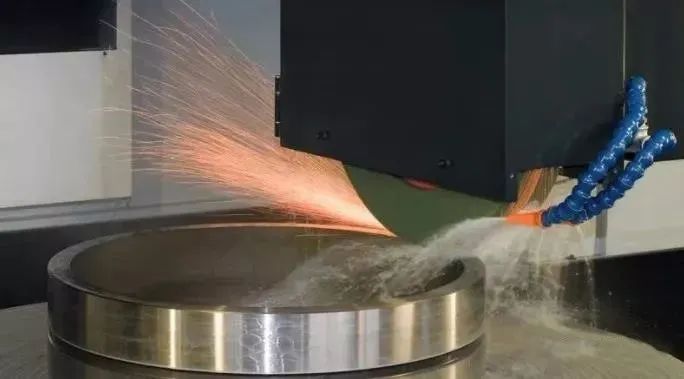
Generally, the grinding with the linear speed of the grinding wheel exceeding 50 m/s is called high-speed grinding. When the linear speed of the grinding wheel increases, the grinding temperature increases significantly. According to the test, the grinding temperature (average working temperature) of the grinding wheel at the linear speed of 60m/s is about 50-70% higher than that at 30m/s; When the linear speed of the grinding wheel is 80m/s, the grinding temperature is 15-20% higher than that of 60m/s. With the increase of the linear speed of the grinding wheel, the number of abrasive grains participating in grinding in unit time increases, the friction effect intensifies, and the energy consumption also increases, which increases the temperature of the workpiece surface and increases the possibility of surface burns and cracks. This needs to be solved by coolant with high efficiency cooling performance. Therefore, in high-speed grinding, ordinary cutting fluid cannot be used, but high-speed grinding fluid with good permeability and cooling performance should be used to meet the requirements of high-speed grinding process with linear speed of 60m/s.
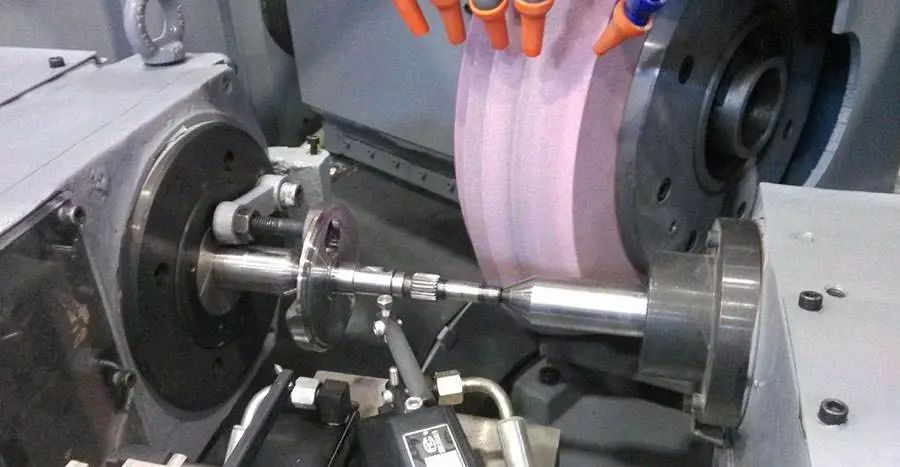
This is applicable to the grinding of hard alloy, ceramics, glass and other materials with high hardness. It can be used for rough grinding and fine grinding. Generally, the ground surface does not produce cracks and notches, and lower surface roughness can be obtained. In order to prevent excessive heat generated during grinding and lead to premature wear of the grinding wheel, and obtain lower surface roughness, continuous and sufficient cooling is required. Because of the high hardness of the workpiece, the grinding fluid should mainly have the cooling and cleaning properties to maintain the sharp edge of the grinding wheel. The friction coefficient of the grinding fluid should not be too low, otherwise it will cause low grinding efficiency, surface burns and other adverse effects. The chemical synthetic fluid mainly composed of inorganic salts can be used as the grinding fluid. A small amount of polyol can be added as lubricant during fine grinding, which can improve the surface processing quality of the workpiece. For parts with high machining accuracy, low viscosity oil-based cutting fluid with good lubricating performance can be used.
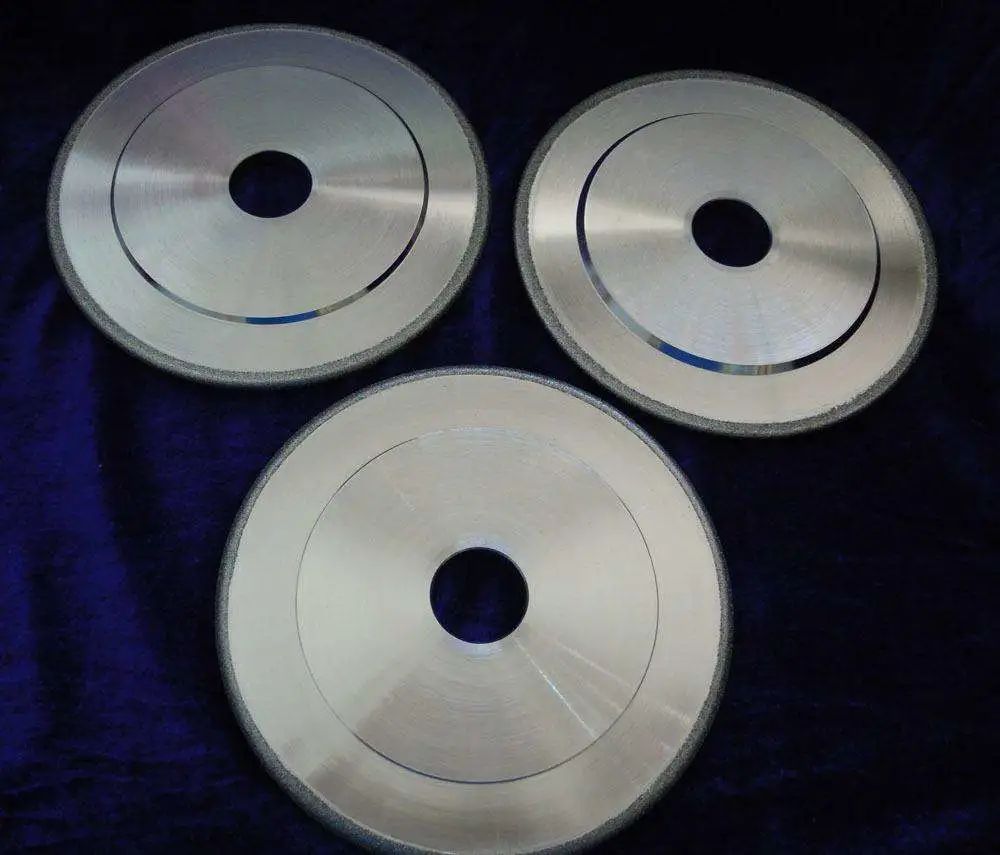
The honing process has high workpiece accuracy and low surface roughness. The particle size of iron powder and oilstone powder produced during the processing is very small, which is easy to suspend in the grinding fluid, causing the blockage of the oilstone hole, affecting the processing efficiency and damaging the processing quality of the workpiece surface. Therefore, the cooling lubricant is required to have good permeability, cleaning and settling performance. The settling property of water-based coolant on fine powder is poor, and it is generally not suitable for use. In addition, oil based grinding fluid with high viscosity is also unfavorable to the precipitation of powder, so mineral oil with low viscosity is generally used, and a certain amount of inactive sulfurized fatty oil is added.
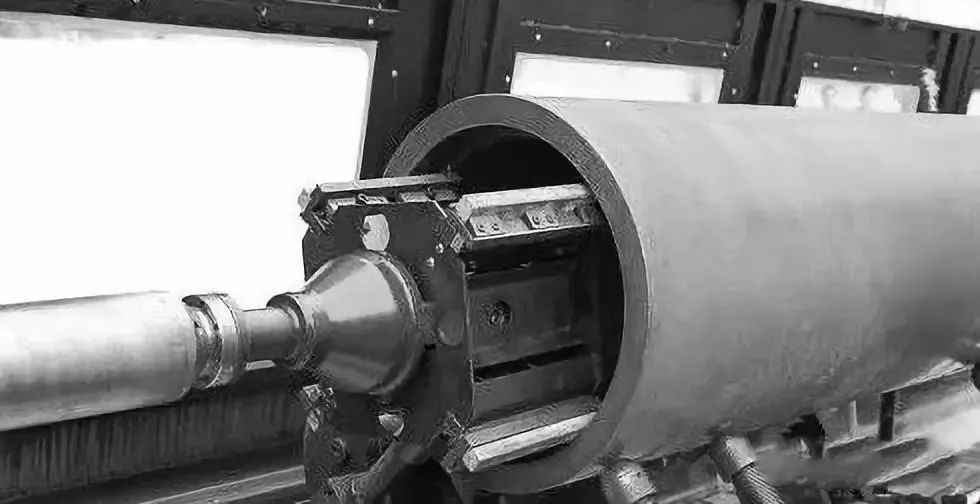
Share to:
Send Inquiry

Mr. James
Tel:0086-371-58651986
Fax:
Mobile Phone:+8613783582233
Email:sales@cn-lubricantadditive.com
Address:No.11 Changchun Road, High-Tech Zone, Zhengzhou, Henan
Related Products List
Mobile Site


Privacy statement: Your privacy is very important to Us. Our company promises not to disclose your personal information to any external company with out your explicit permission.

Fill in more information so that we can get in touch with you faster
Privacy statement: Your privacy is very important to Us. Our company promises not to disclose your personal information to any external company with out your explicit permission.